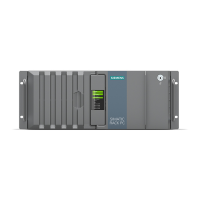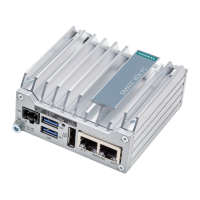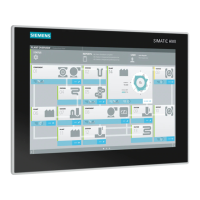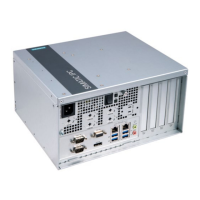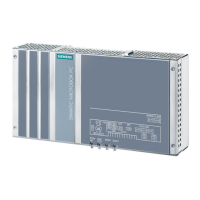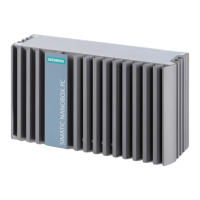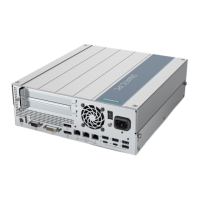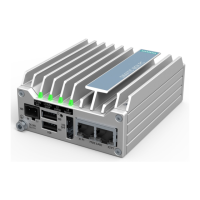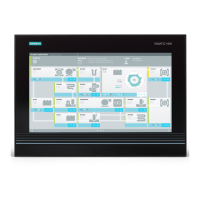Glossary
SIMATIC IPC847D
Operating Instructions, 01/2014, A5E32997454-AA
207
The configuration of a PC or programming device contains information on hardware and
device options, such as memory configuration, drive types, monitor, network address, etc.
The data are stored in a configuration file and enable the operating system to load the
correct device drivers and configure the correct device parameters. . If changes are made to
the hardware configuration, the user can change entries in the configuration file using the
SETUP program. .
With this burning technique, data are written to a CD in a single session, and the CD is then
closed. Further write access is then no longer possible.
isplay
ort: New digital monitor interface.
Program parts of the operating system. They adapt user program data to the specific formats
required by I/O devices such as hard disk, printers, and monitors.
Dual-core processors significantly increase the speed of computing and program execution
compared to the previous generation of single-core processors with hyper threading
technology.
Error checking and correction is a method for detecting and correcting errors when saving
and transferring data, frequently used in conjunction with RAM modules with and without
ECC.
Directive concerning
lectro
agnetic
ompatibility. Compliance is confirmed by the CE
symbol and the EC certificate of conformity.
The energy management functions of a modern PC allow individual control over the current
consumption of vital computer components (e.g. of the monitor, hard disk and CPU), by
restricting their activity based on the current system or component load. Energy
management is of particular importance for mobile PCs.
